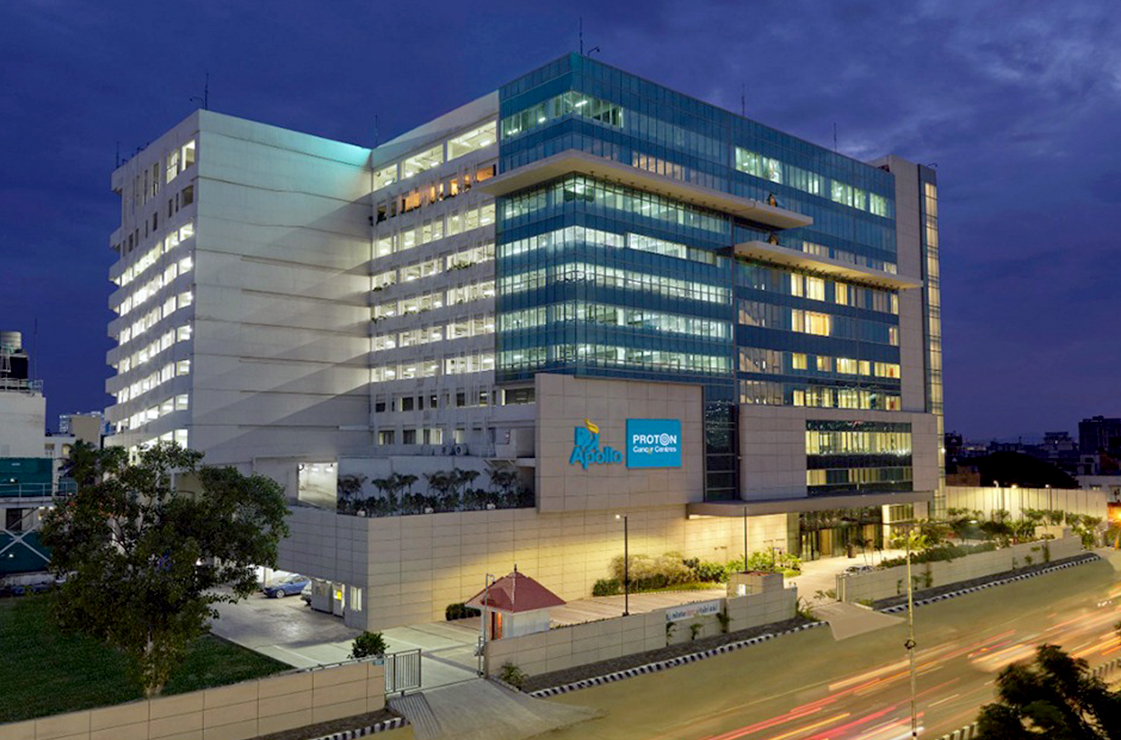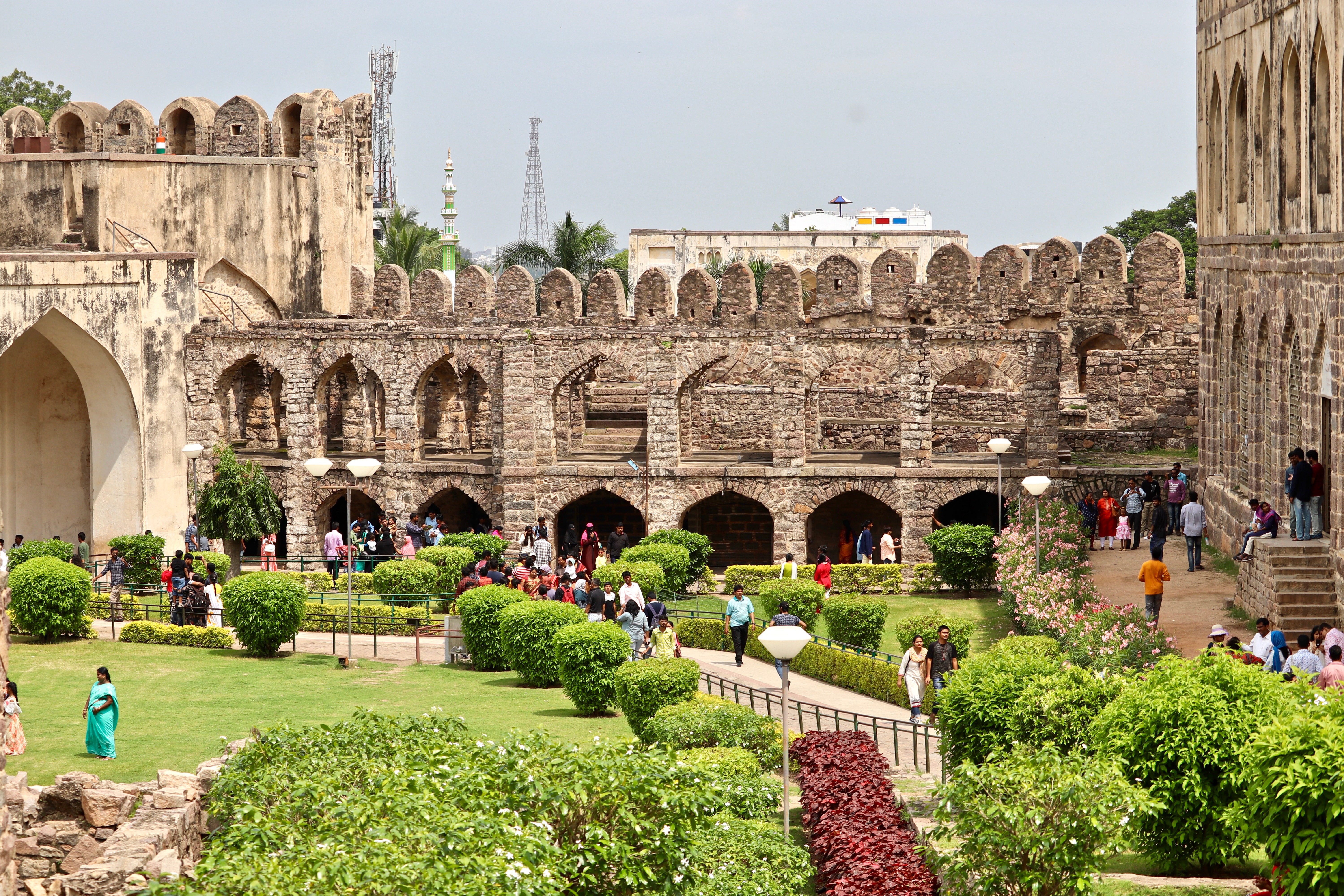%2C_Tourism_(Independent_Charge)_and_Civil_Aviation%2C_Dr._Mahesh_Sharma_addressing_at_the_Medical_%26_Wellness_Tourism_Summit_2015%2C_in_New_Delhi_on_August_27%2C_2015.jpg) |
| Ministry of Tourism (GODL-India), GODL-India, via Wikimedia Commons |
Medical tourism has rapidly emerged as a significant industry worldwide, and India has positioned itself as one of the leading destinations for patients seeking medical treatment abroad.
Over the past two decades, the country has witnessed an extraordinary rise in the influx of international patients who choose India for a wide array of medical procedures, ranging from elective cosmetic surgeries to life-saving organ transplants.
This essay explores the reasons behind the remarkable growth of medical tourism in India, examining factors such as affordability, quality of healthcare services, cultural advantages, government initiatives, infrastructure improvements, and the global demand for alternative treatment methods.
If any tourists need any help, here is the official website of the government of India to guide the domestic and foreign tourists: India Tourism Development Corporation (ITDC)
1. The Concept of Medical Tourism
Medical tourism refers to the practice of traveling to another country to seek medical care, often due to cost advantages, shorter waiting times, or access to treatments not readily available in one’s home country.
Patients typically combine healthcare with leisure, enjoying the destination’s cultural and natural attractions while receiving medical attention. In India, medical tourism has become a cornerstone of the healthcare sector, contributing significantly to the economy while enhancing the country’s international reputation.

Wockhardt Hospital Mumbai, CC BY-SA 4.0,
via Wikimedia Commons
2. Cost-Effectiveness of Healthcare in India

via Wikimedia Commons
One of the primary reasons for the development of medical tourism in India is the cost advantage.
Medical procedures in developed countries such as the United States, the United Kingdom, or Canada are often prohibitively expensive.
For instance, a heart bypass surgery that might cost $120,000 in the U.S. could be performed in India by incurring a very less expenditure.
Similarly, orthopedic procedures, fertility treatments, and dental surgeries are available at a fraction of Western costs. This affordability has made India a viable option for middle-class and uninsured patients worldwide.
The affordability of healthcare in India can be attributed to lower labor costs, a favorable exchange rate, and efficient use of resources. Hospitals in India can provide world-class medical services at reduced costs without burdening patients with the same level of administrative overheads found in Western healthcare systems.

IndiGo Airbus A320 VT-ITK at Mumbai Airport
Premkudva, CC BY-SA 4.0, via Wikimedia Commons

Premkudva, CC BY-SA 4.0, via Wikimedia Commons
3. High-Quality Medical Expertise
India’s healthcare system boasts highly trained doctors, surgeons, and medical staff, many of whom have studied or worked in prestigious institutions abroad.
These medical professionals bring international standards of practice to India while adapting them to local contexts.
Renowned hospitals such as Apollo Hospitals, Fortis Healthcare, and Medanta have acquired international accreditations from organizations like Joint Commission International (JCI) and National Accreditation Board for Hospitals & Healthcare Providers (NABH). Accreditation ensures adherence to rigorous safety and quality protocols, reassuring international patients of reliable healthcare standards.
India is also home to advanced medical research and specialized centers that rival global benchmarks. Treatments for cardiology, neurology, oncology, organ transplantation, and orthopedic surgery are often cited as areas where India offers unparalleled expertise. Additionally, the country’s IVF clinics and cosmetic surgery centers have gained international recognition for their success rates and affordability.

Apollo Proton Cancer Centre Building
HemanthOS, CC BY-SA 4.0, via Wikimedia Commons
4. Advanced Technology and Infrastructure

HemanthOS, CC BY-SA 4.0, via Wikimedia Commons
Modern Indian hospitals are equipped with state-of-the-art technology, diagnostic tools, and surgical equipment.
From robotic surgery and minimally invasive procedures to advanced imaging and radiology, India’s medical infrastructure is on par with leading global facilities.
The integration of telemedicine has further enhanced patient-doctor communication, making follow-up care more convenient for international patients even after they return home.
Medical tourism in India has also benefited from the country’s rapid growth in private healthcare. Private hospitals have invested heavily in infrastructure, creating hospital chains with facilities that match the luxury and comfort of Western medical centers. Patients are often offered personalized care, private rooms, and concierge services, enhancing the overall experience.
5. Shorter Waiting Times
In many developed countries, patients face long waiting lists for certain treatments or surgeries due to healthcare system bottlenecks. For example, procedures like knee replacements, hip replacements, and even cardiac surgeries may require patients in countries like the UK or Canada to wait months, if not years.
In contrast, Indian hospitals provide immediate access to treatment with minimal waiting periods. This efficiency makes India an attractive destination for patients who cannot afford to delay critical medical interventions.
6. Government Policies and Support
The Indian government has played a crucial role in fostering medical tourism. Policies have been designed to simplify visa processes, promote healthcare investment, and encourage international patients to seek treatment in India.
The introduction of the Medical Visa (M-Visa) and Medical Attendant Visa (MX-Visa) has streamlined entry for patients and their caregivers. These visas are often granted quickly and allow multiple entries, recognizing the need for extended treatment or follow-ups.
Furthermore, the government has partnered with private healthcare providers to market India as a global medical tourism hub. Campaigns such as "Incredible India" and "Heal in India" highlight the country’s healthcare capabilities and traditional wellness practices, combining modern medicine with holistic care.
If any tourists need any help, here is the official website of the Government of India to guide the domestic and foreign tourists: India Tourism Development Corporation (ITDC)
7. Traditional Medicine and Holistic Healing
India is the birthplace of Ayurveda, Yoga, Unani, Siddha, and Homeopathy—traditional systems of medicine that have gained global popularity. Many medical tourists are drawn to India not only for conventional treatments but also for holistic therapies that enhance recovery and improve overall well-being. Ayurveda retreats, yoga centers, and naturopathy resorts attract patients seeking long-term wellness solutions alongside clinical treatments.
This integration of modern and traditional medicine makes India unique compared to other medical tourism destinations. Patients can undergo advanced surgeries while also engaging in complementary therapies such as Ayurvedic massages, meditation, and dietary regimens, contributing to faster healing and stress reduction.
 |
| Vande Bharat Express Economy Chair Car (interior) GKP77, CC BY-SA 4.0, via Wikimedia Commons |
8. Cultural and Linguistic Advantages
Travel in india is now a much comforgtable. Air travel and trains are quite modernised.
Moreover, India’s cultural diversity and hospitality play a significant role in attracting medical tourists. English is widely spoken among medical professionals, easing communication barriers for international patients.
In addition, translation services are available for patients from non-English-speaking regions, such as Africa, the Middle East, and East Asia.
 |
| Julian Herzog, CC BY 4.0, via Wikimedia Commons |
India’s reputation as a welcoming country enhances the patient experience. Many hospitals offer specialized international patient departments that provide end-to-end services, including airport pick-up, accommodation arrangements, translators, and travel assistance.
These services reduce logistical stress for patients and their families, making treatment journeys smoother and more comfortable.
9. Strategic Geographical Location
India’s geographical location serves as an advantage for medical tourism. Positioned between the West and East, India is easily accessible from the Middle East, Africa, Europe, and Asia.
International flight connectivity has improved significantly, and many hospitals are located in metropolitan cities with international airports, including Delhi, Mumbai, Chennai, Bangalore, and Hyderabad. Affordable accommodation and diverse culinary options also contribute to the comfort of international visitors.
10. Economic and Employment Opportunities
The growth of medical tourism in India has not only benefitted patients but also created economic and employment opportunities within the country. The influx of international patients has boosted revenue streams for hospitals, travel agencies, hospitality providers, and ancillary services. According to estimates, India’s medical tourism industry is expected to reach billions of dollars in revenue annually, with a steady growth trajectory.
This expansion has also led to job creation for healthcare workers, administrative staff, translators, and travel coordinators. Moreover, investments in healthcare infrastructure have uplifted local economies by improving facilities that also benefit domestic patients.

IndiGo Airbus A320 VT-ITK at Mumbai Airport
Premkudva, CC BY-SA 4.0, via Wikimedia Commons

Premkudva, CC BY-SA 4.0, via Wikimedia Commons
11. Challenges and Future Outlook
Despite its success, India’s medical tourism industry faces challenges. Concerns include variable quality among smaller healthcare providers, instances of improper practice, and the need for stricter regulatory oversight.
Additionally, competition from countries like Thailand, Singapore, and Malaysia—also strong medical tourism hubs—requires India to maintain high standards and continually innovate.
There is also a need to ensure that the focus on international patients does not compromise healthcare access for the domestic population, especially the economically disadvantaged. The government and healthcare providers must strike a balance between catering to foreign patients and ensuring affordable care for Indian citizens.
Looking ahead, the future of medical tourism in India appears promising. With continued investment in healthcare infrastructure, better regulation, and strategic marketing, India is poised to strengthen its position as a global leader in medical tourism. The growing acceptance of telemedicine and digital health platforms is likely to complement medical travel, making follow-up care more accessible and effective.
Conclusion
Medical tourism in India has flourished due to a combination of affordability, high-quality healthcare, advanced technology, and cultural advantages. Supported by government policies and the integration of traditional healing systems, India has positioned itself as a unique destination for medical travelers worldwide.
The synergy between modern medicine and holistic practices, coupled with the hospitality and professionalism of Indian healthcare, continues to draw patients seeking cost-effective yet world-class treatment.
While challenges remain, India’s medical tourism industry is on a robust growth path, offering hope and healing to millions of patients while contributing to the health care around the world. This essay is for general information for those who are interested in this subject.









